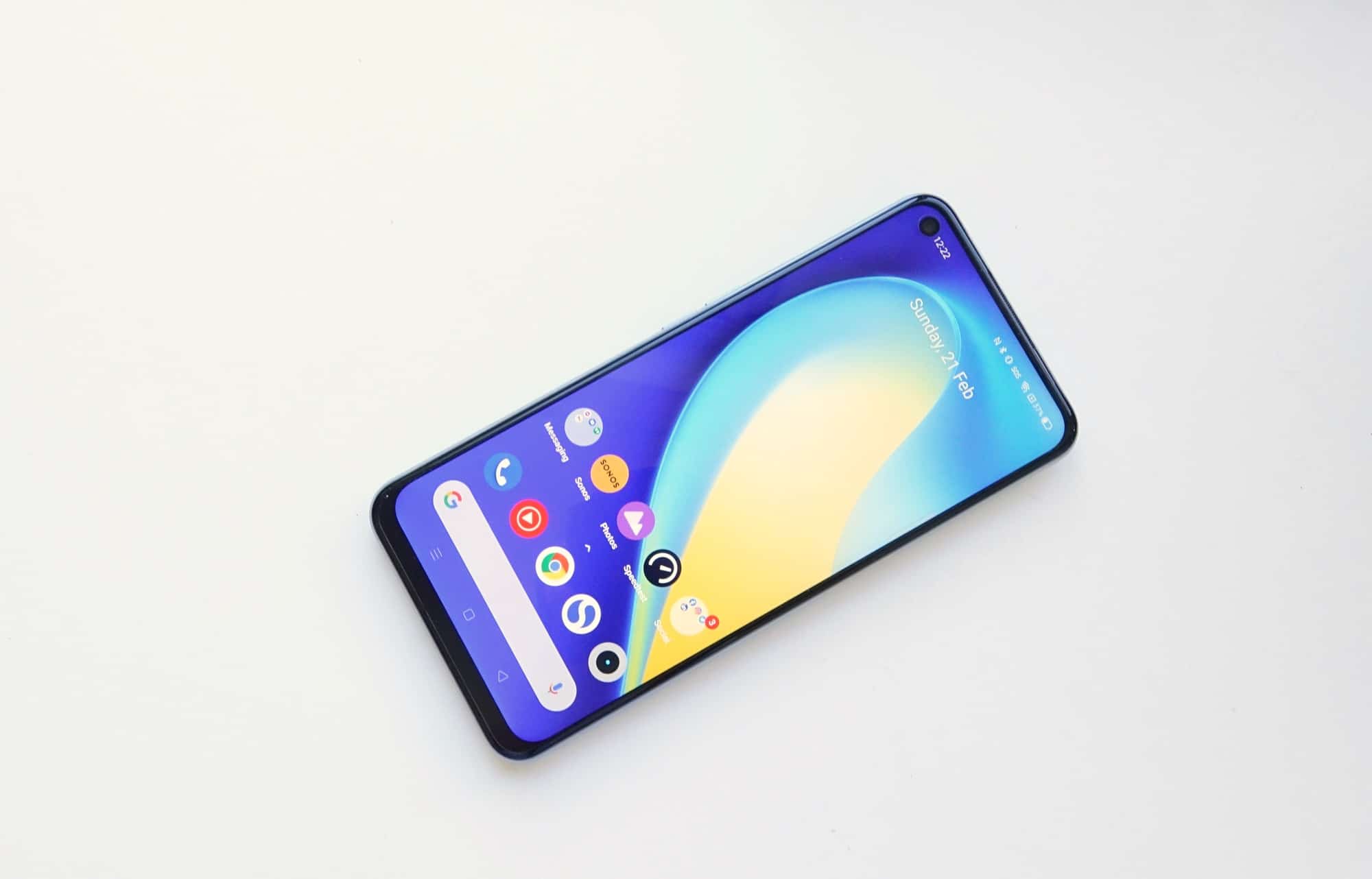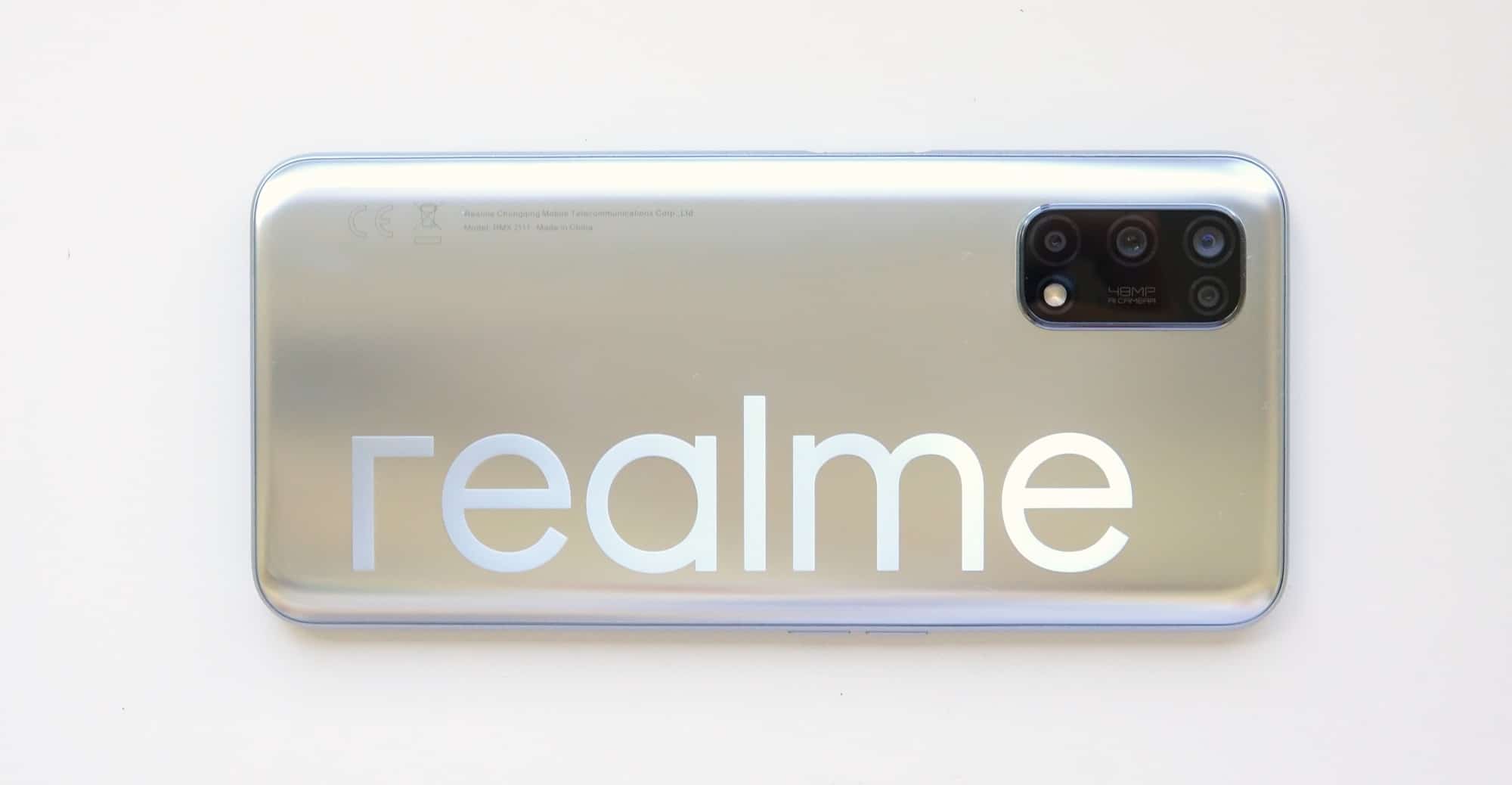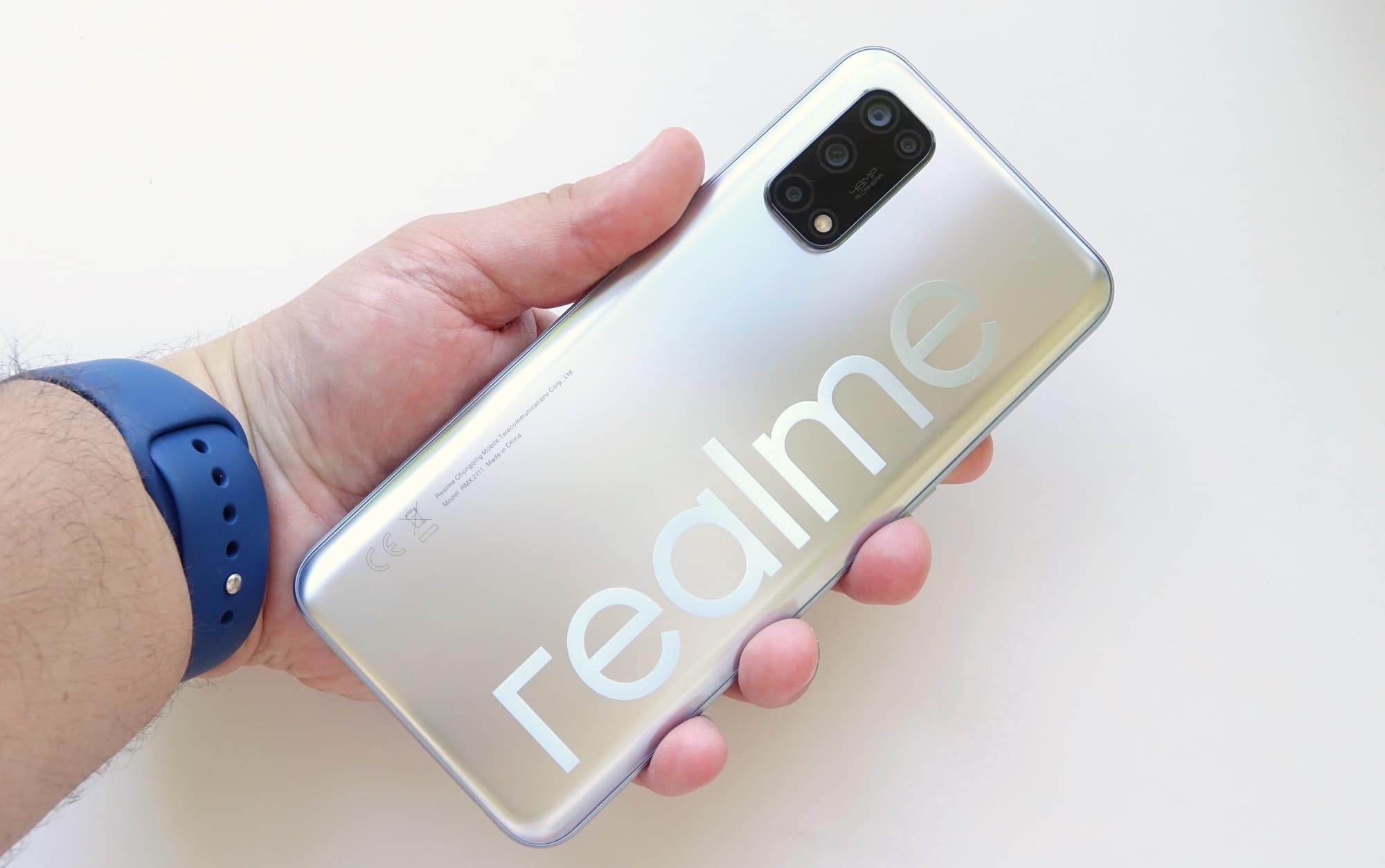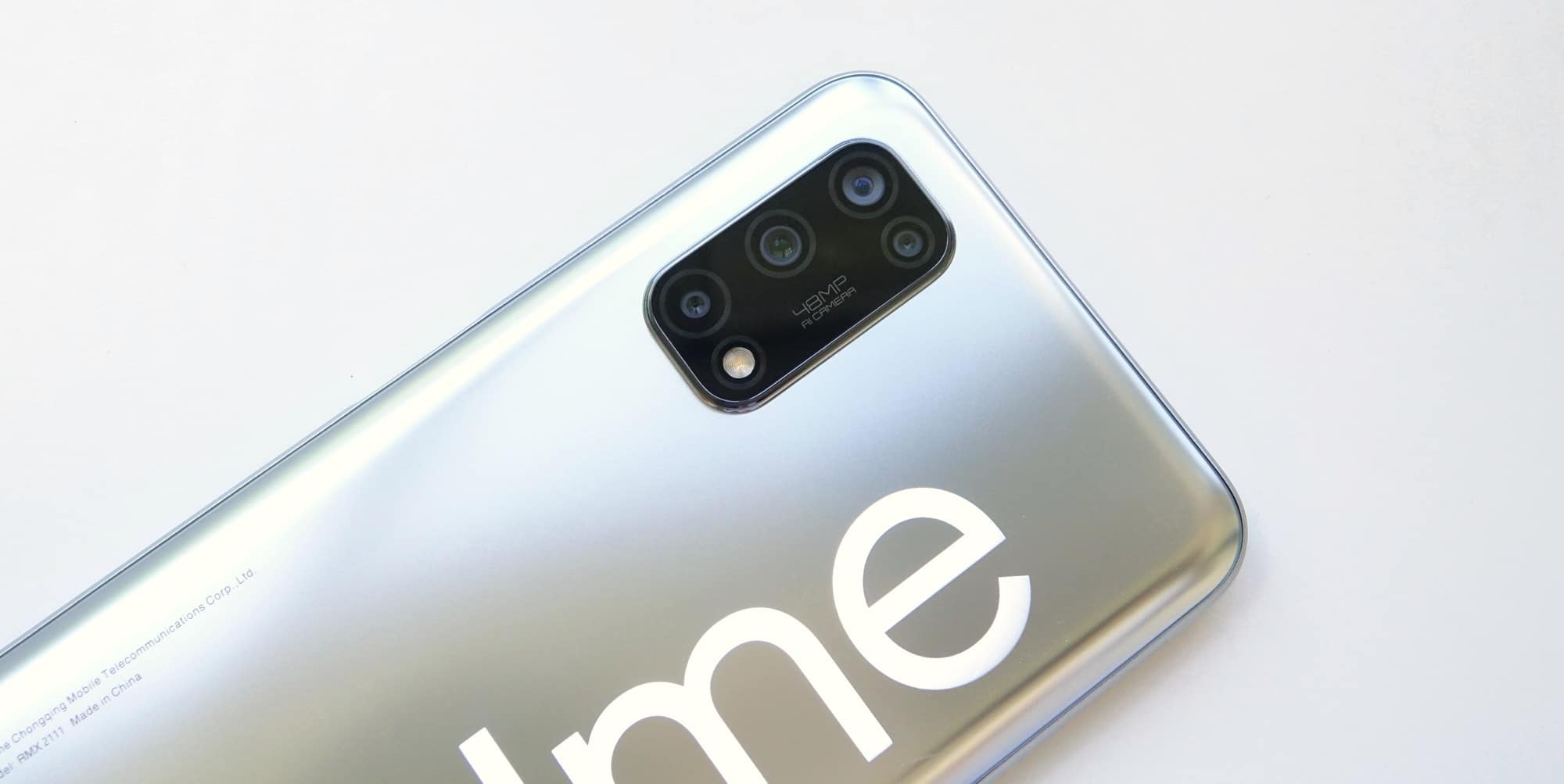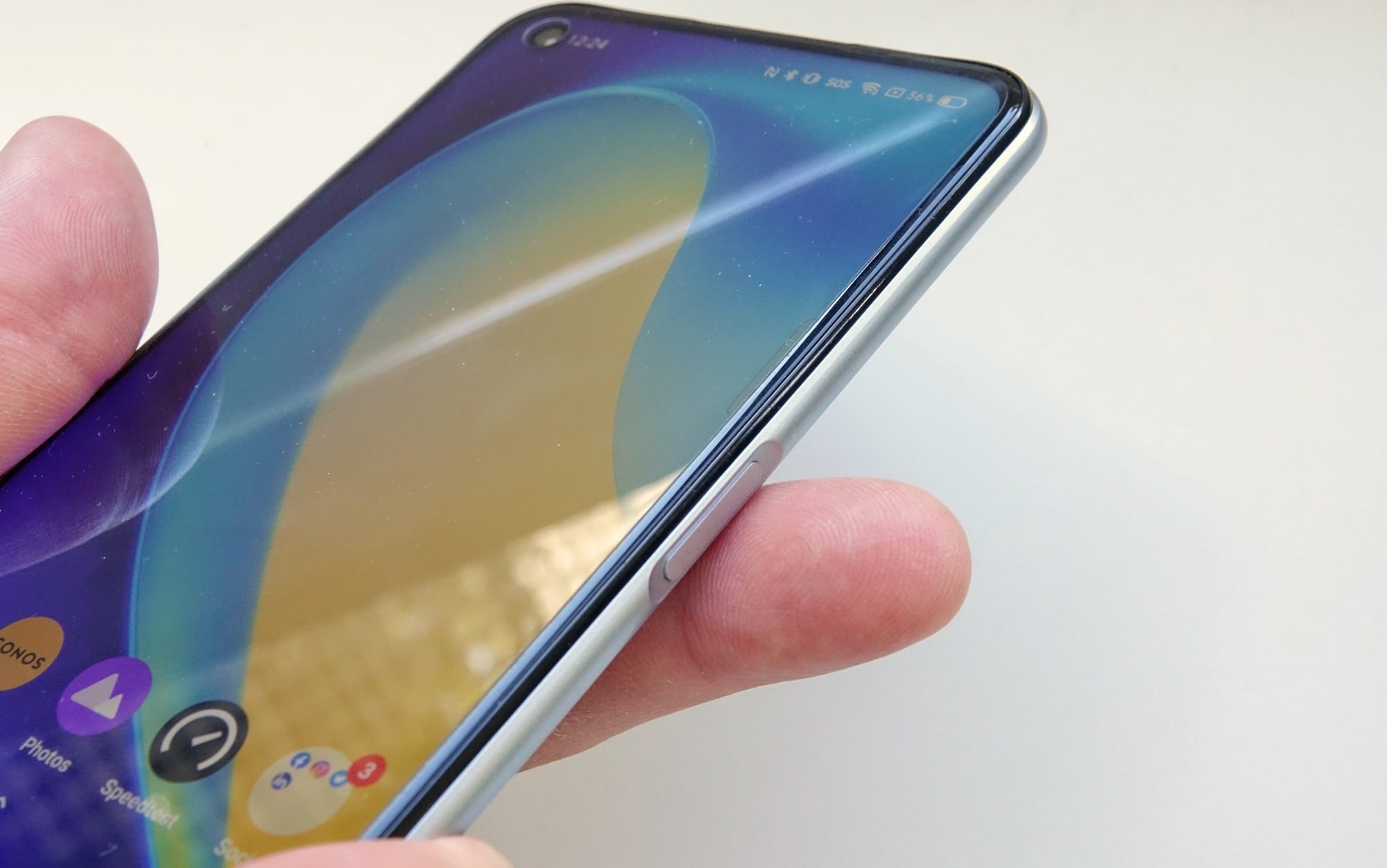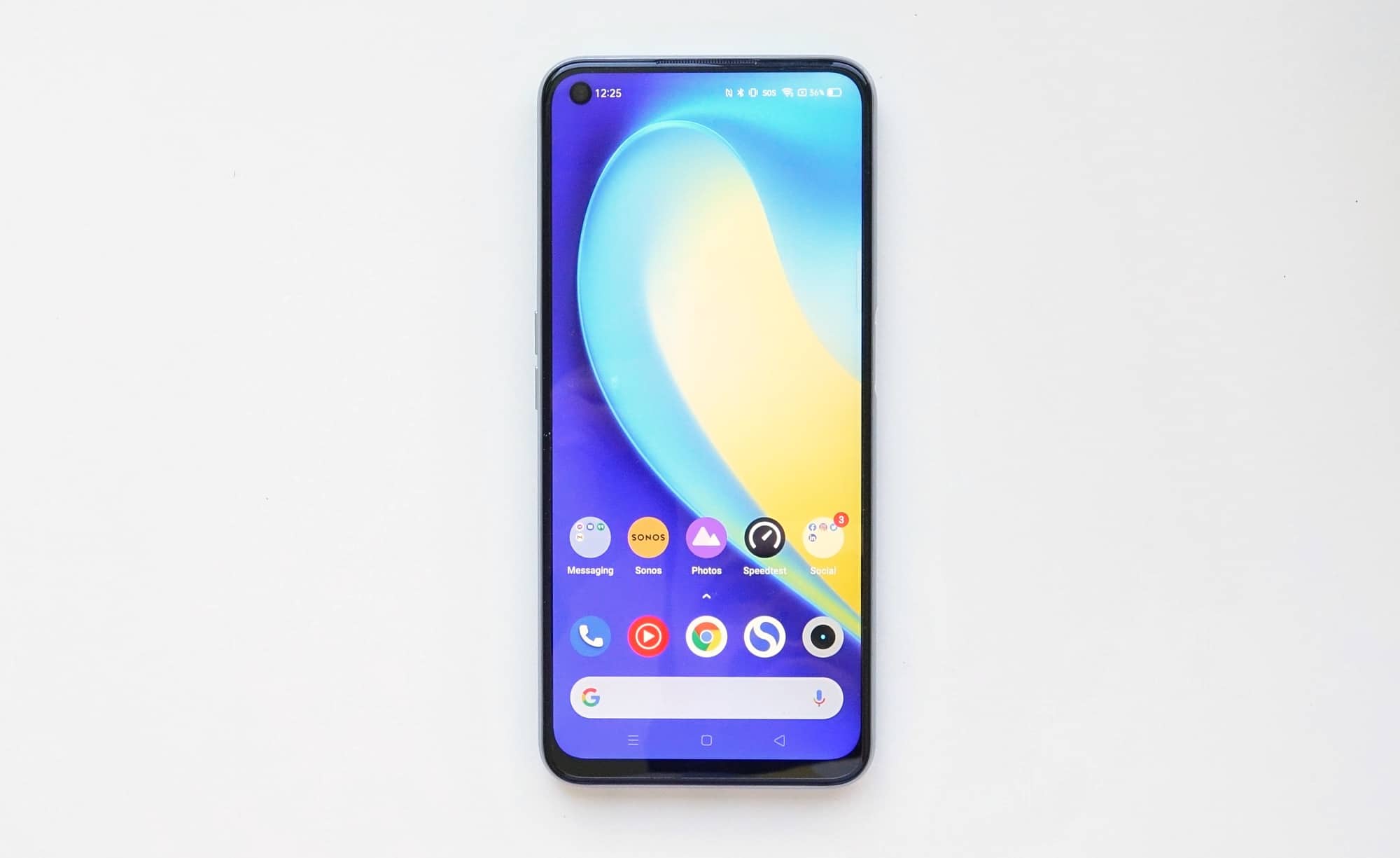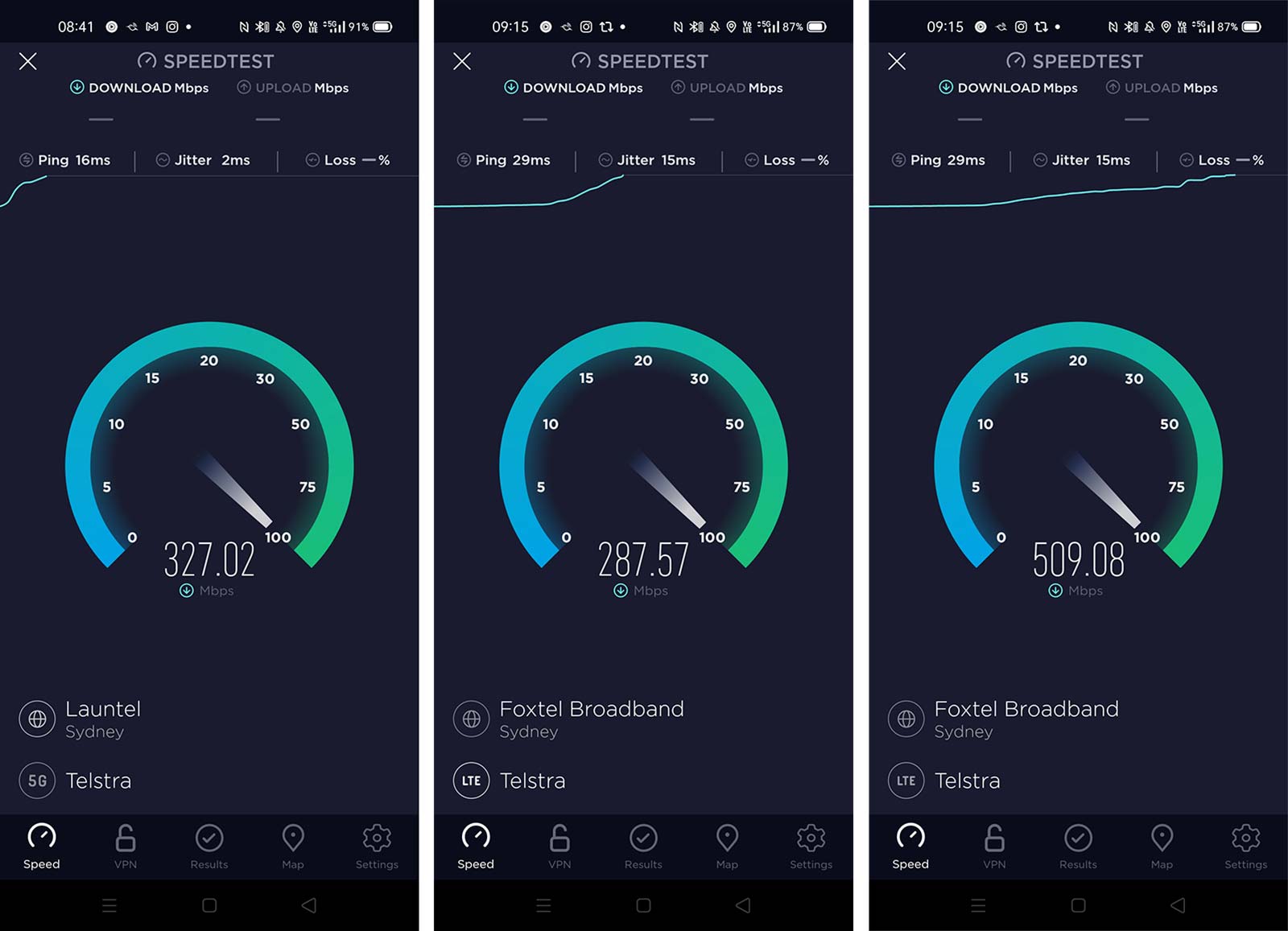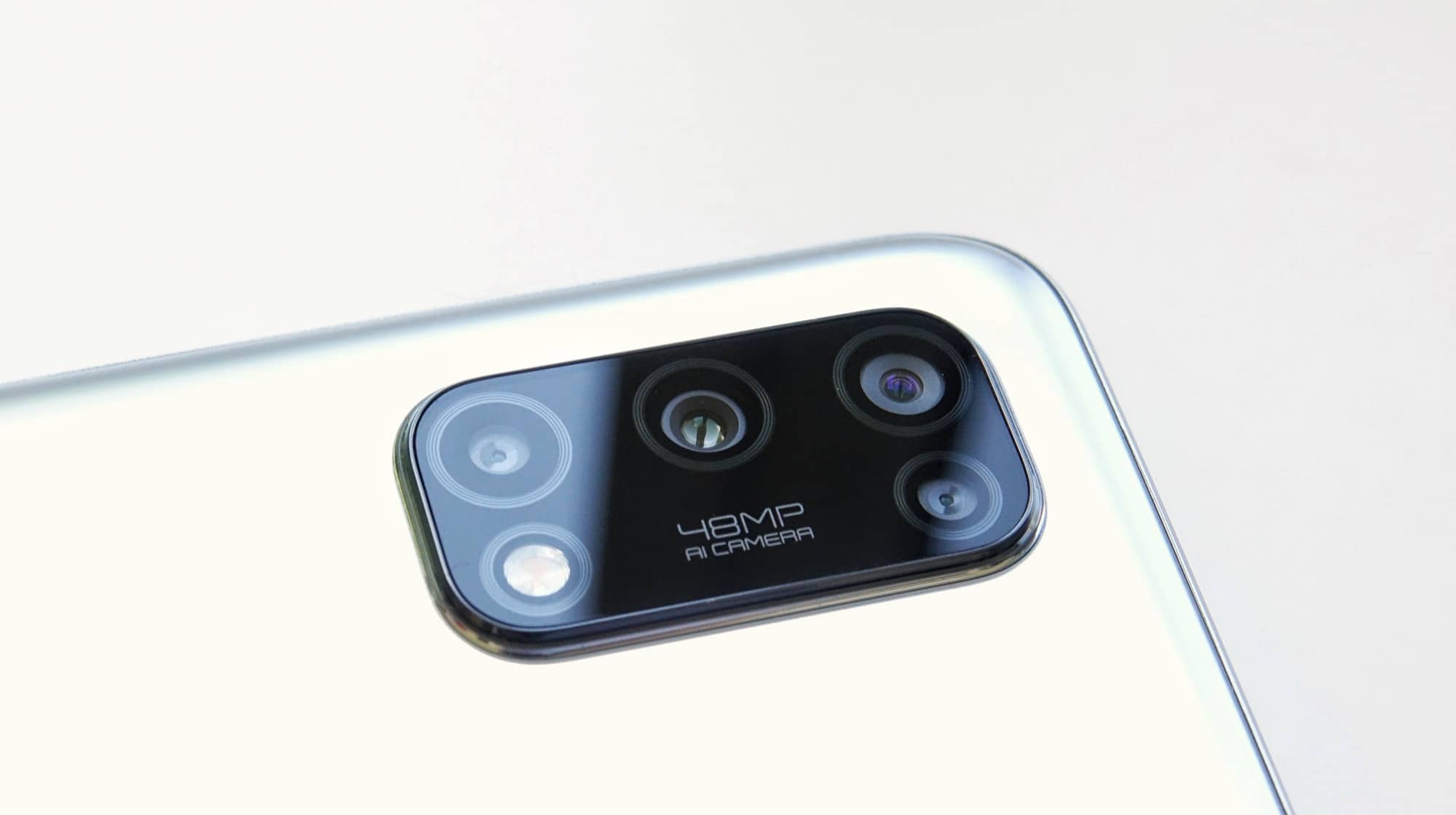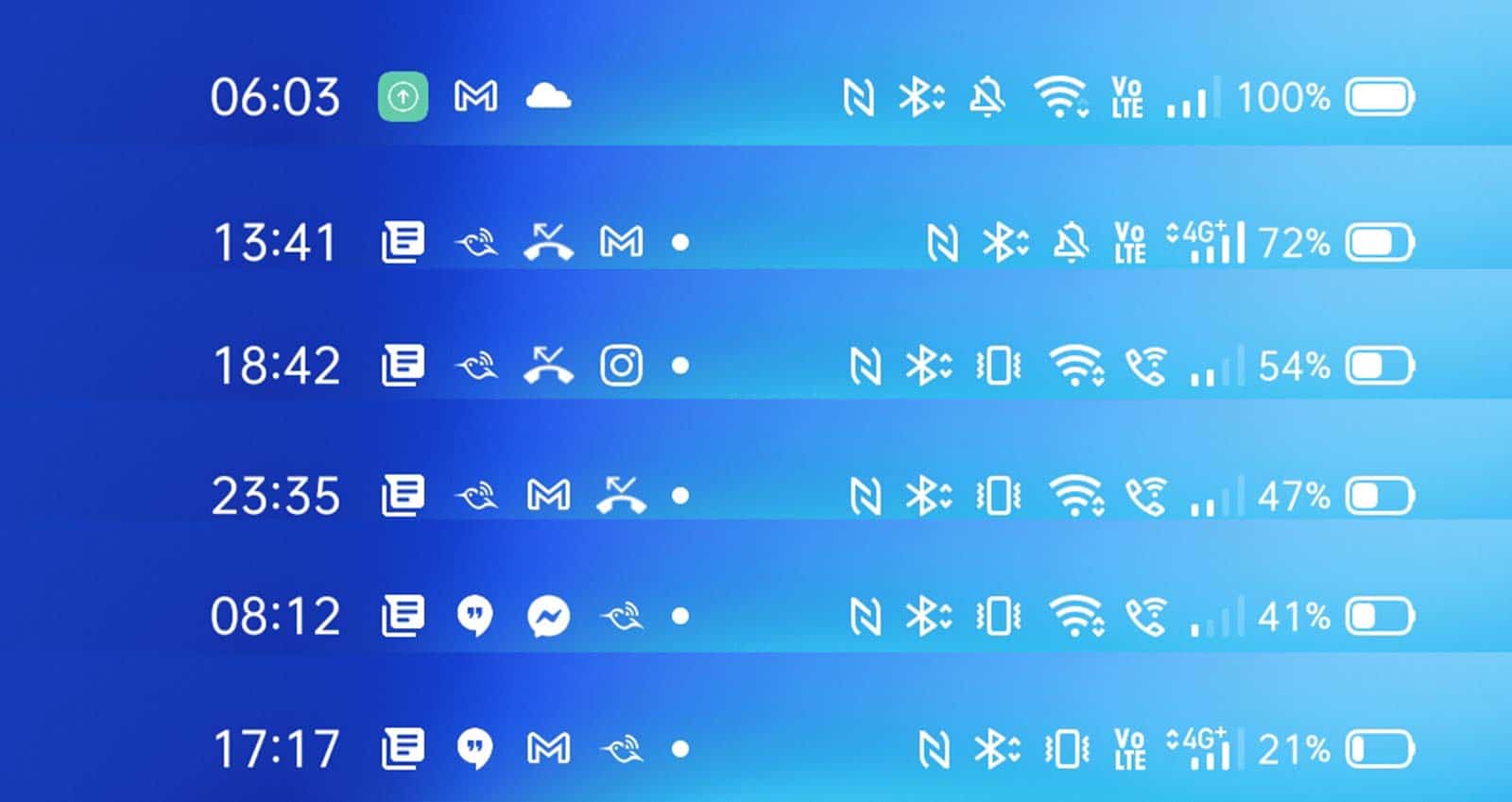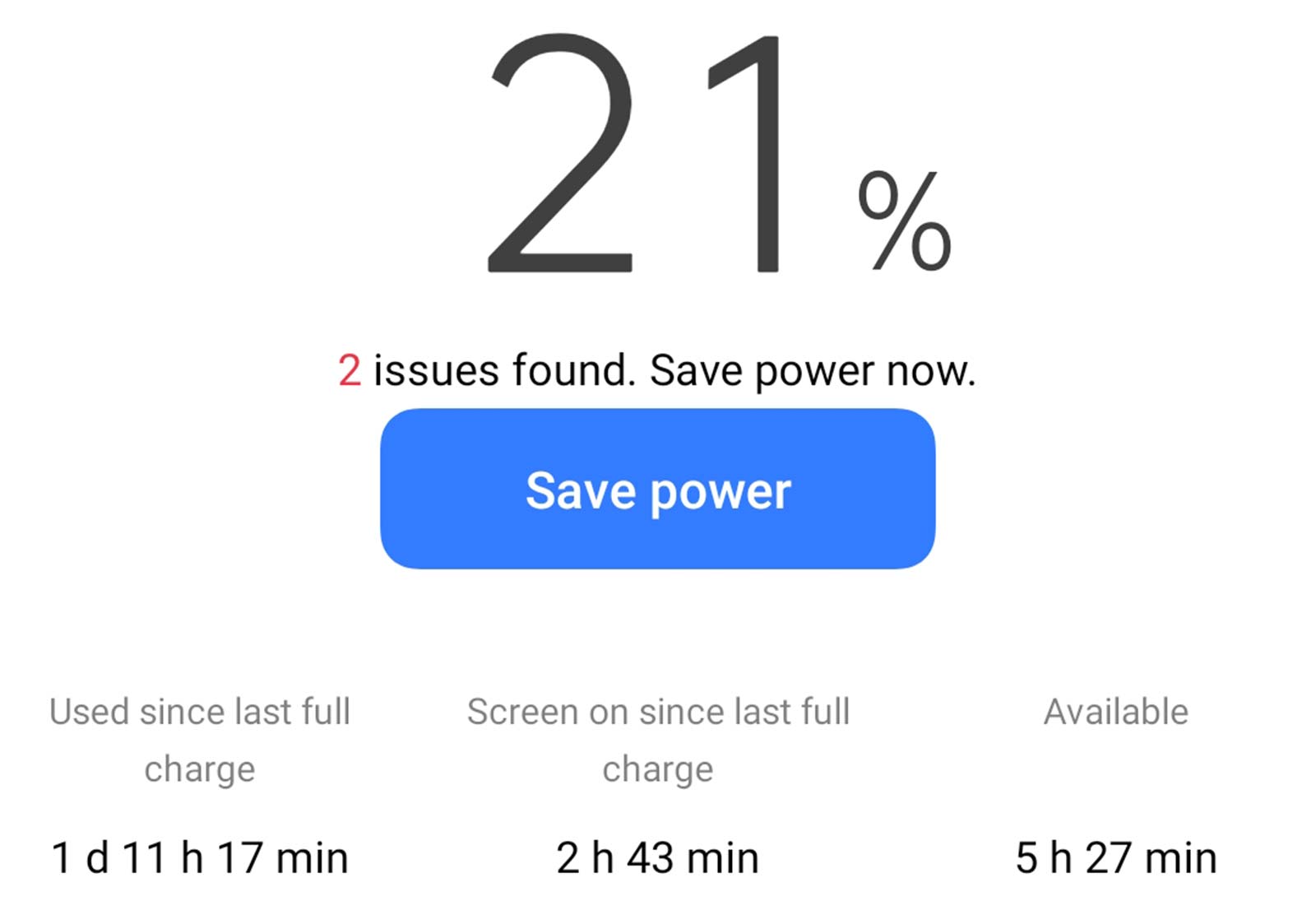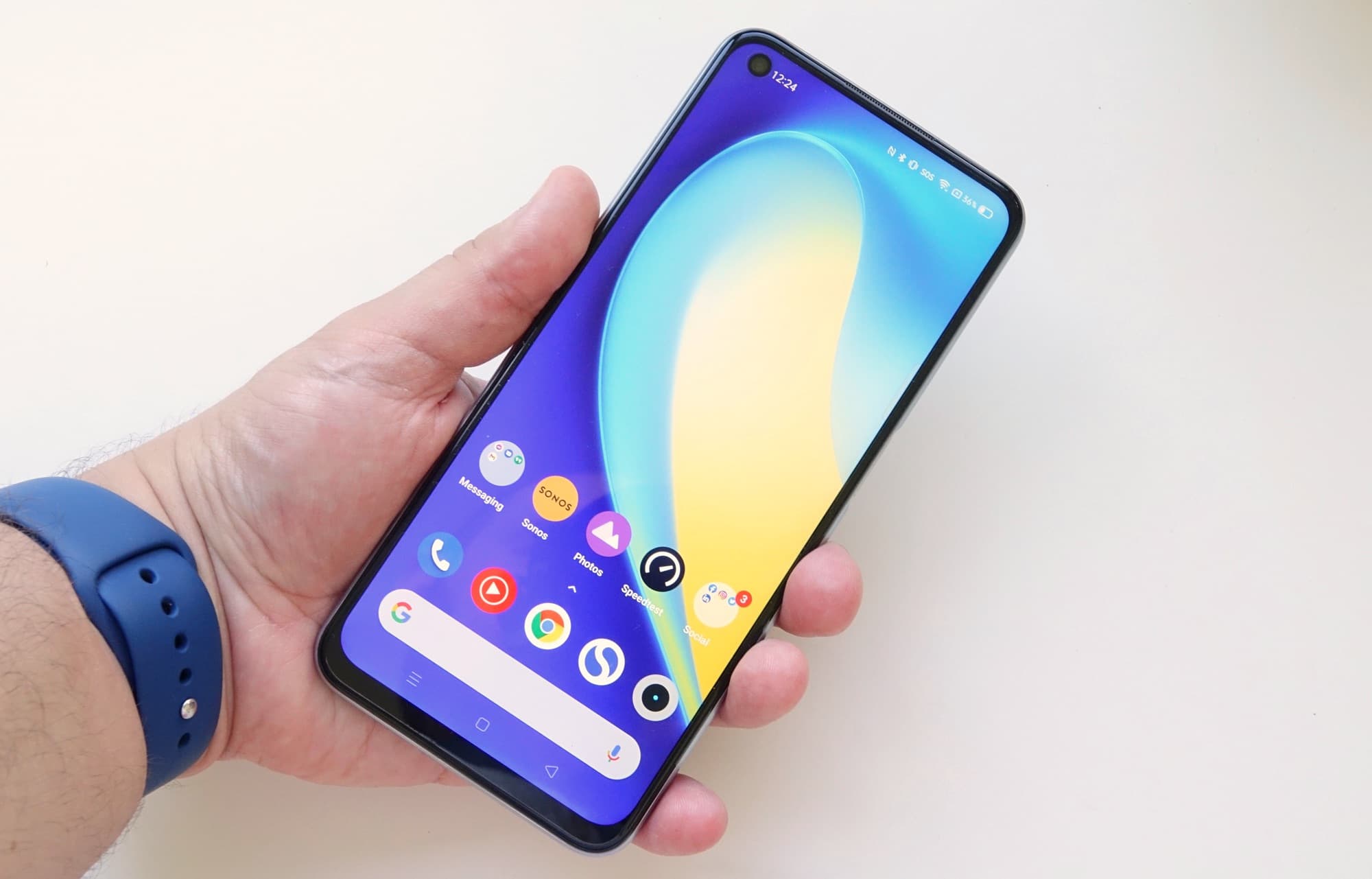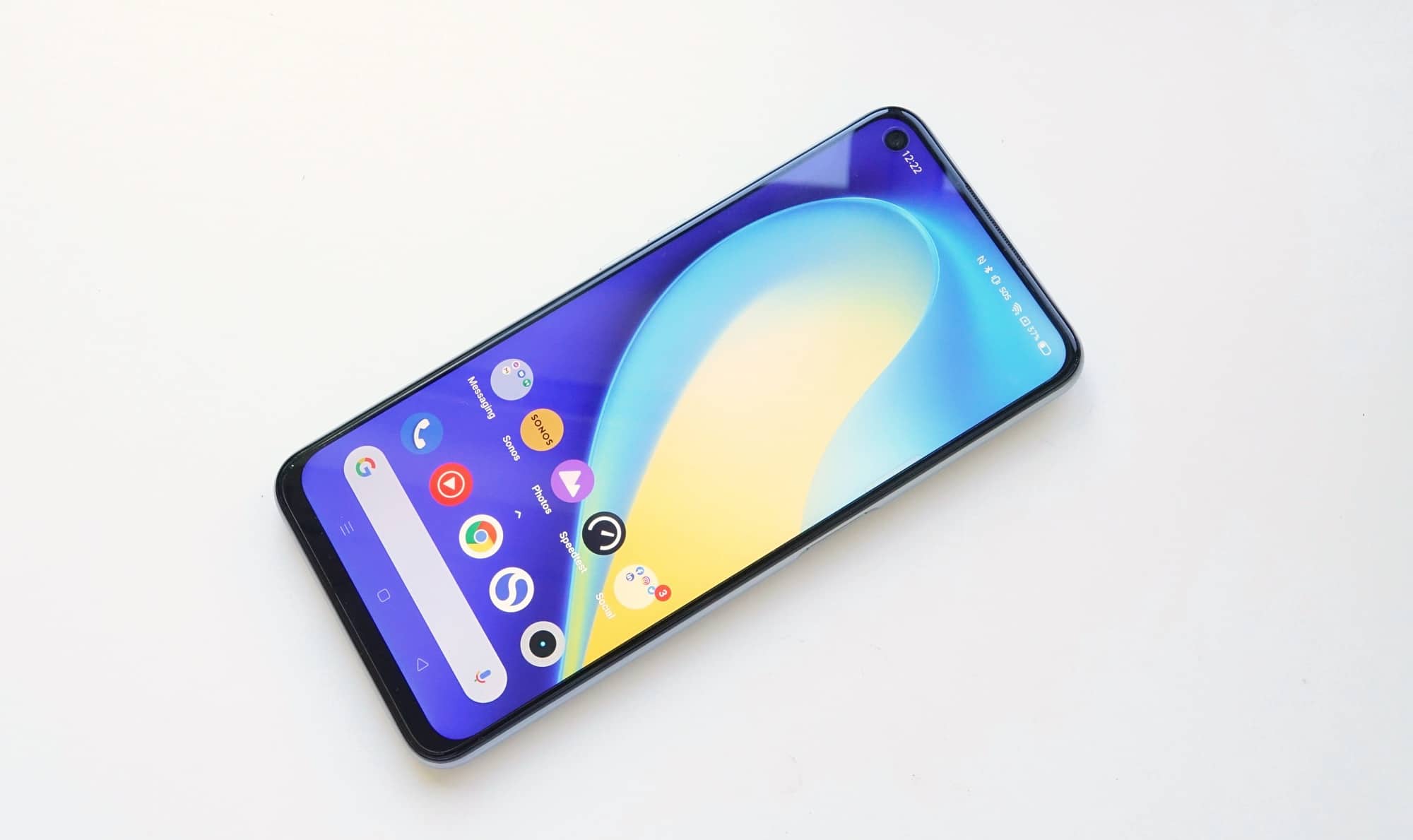Quick review
The good
The not-so-good
The world of 5G is coming down in price, and Realme’s latest phone might just set the benchmark for 2021. At $499, the Realme 7 5G is the least expensive of all 5G phones. Is it worth the price, or should you spend a little more?
Design
Realme’s stab at a fairly budget focused 5G phone comes with a look not dramatically different from its other phones. That means it looks modern and shiny, but skips the premium materials of glass and metal, opting for plastic instead.
But it’s a plastic that looks like it’s glass and mess like a toy, even if it’s a little shinier and more slippery than we’d normally like. Still, it’s a simple look that is basically screen on one side, camera block on the other, and easy enough to like.
It’s even familiar because of how many phones the design can resemble. Kinda. Sorta. In fact, the Realme 7 5G comes across much like Realme’s best interpretation of last year’s Samsung Galaxy S range, the S20, making it relatively easy on the eyes, though the paint job and finish is where things deviate just a little.
For instance, if you get the “Mist Blue”, you’ll find a shiny blue finish on offer with no branding. You know, the way most phones are. However, if you opt for the silver version, Realme uses your phone as a form of billboard to advertise with, stamping its name “realme” in large lowercase letters on the back. It’s only on the “Flash Silver” colour of the Realme 7 5G, and we have no idea why.
Frankly, it’s not so much a subtle design imprint as it is a solid jab to the look. There’s no mistaking you’re advertising that you have a Realme with the silver version, even if there’s no way you could tell with the blue edition. It’s something that genuinely bothers us, and has to be one of the least appealing design traits for any phone that we’ve seen in recent years.
Features
Behind the least appealing design trait to appear on a phone we’ve reviewed, Realme is equipping quite a few things, including four cameras, a fast screen, support for two SIMs, and a big battery.
Let’s start with those cameras: there are four cameras to speak of on the Realme 7 5G, including a 48 megapixel standard wide camera supporting F1.8, an 8 megapixel ultra-wide set to F2.3, and then two slightly more gimmicky cameras with a 2 megapixel F2.4 monochromatic camera and a 2 megapixel F2.4 macro camera. The big camera here can handle 4K video, so this is a $500 phone with a 4K camera, but only on the back. On the front, Realme is equipping at 16 megapixel F2.1 selfie camera capable of 1080p Full HD.
That camera is connected to a set of system specs that reads as relatively high, sporting 128GB storage, 8GB RAM, and a MediaTek Dimensity 800U chip sporting support for 5G. Yes, this is a 5G phone, and one that supports two 5G nanoSIMs, or alternatively one 5G nanoSIM and one microSD, in case you want to upgrade the storage a little.
Beyond the system spec, there’s Bluetooth 5, WiFi 802.11/a/b/g/n/ac (WiFi 5), GPS, and Near-Field Communication (NFC) for use with Google Pay, plus two wired connection ports: USB Type C and a 3.5mm headset jack. Yes, this phone still has a headset jack.
It all sits above a 5000mAh battery and behind a 6.5 inch Full HD+ LCD screen, featuring a pixel clarity of 405 pixels per inch, and even supporting a refresh rate of 120Hz, which should make select apps and games a little smoother all round.
There’s no water resistance here, sadly, or even wireless charging, but you do get a fingerprint sensor built into power button on the right edge.
In-use
Switch the phone on with that large power button on the side, and you’ll quickly find yourself using an Android phone that’s not hard to get your head around, even if the 6.5 inch size of the screen mightn’t be always easy to get your hands around.
That power button doubles up as a fingerprint sensor, which means that’s how you’ll be unlocking the phone, though the front camera does a pretty decent job of picking up your face, too, so you have a few options. We actually found the sensor was probably more reliable than the in-screen sensors in phones, giving you an easy way to unlock the phone.
Beyond this, the Realme 7 5G is pretty easy to operate, thanks in part to how easy to use Color OS is. Like previous Realme phones, the handset uses the same operating system based on Android and refined by Oppo as seen on other devices (like the Reno4), which offers something more like Android than iOS these days – more like what Google sets out, anyway — bit with a few extra touches. There are widgetised home screens, an app drawer, the Google Discovery screen on the very left, and a lockscreen that randomly refreshes with photos if you so choose.
Performance
All up, it’s an easy take on Android you’ll get used to quickly, and one that comes with a different chip than we’ve seen in other review phones.
Armed with something a little different from what we’re used to in a 5G phone, we weren’t quite sure what to expect.
While it’s normal to see the Qualcomm Snadragon 765G in local 5G phones, and a Samsung Exynos in Samsung’s options, Realme has opted for the Mediatek Dimensity 800U, a 5G chip that supports 5G, plus that 120Hz capability if a screen can handle it.
This screen sure can, something you can see in how smooth it is with 120Hz is left on, but the performance can be a little middling.
It comes and goes, and while it’s often quite good, something we attribute to the 8GB RAM, you may find the performance stall a bit.
The touchscreen keyboard can come off a little slow, and sometimes the apps perform a little so-so. The camera doesn’t fire all that terribly quick, even if the 5G performance does the trick.
We can probably blame bedtime reading with our little one for the way that last paragraph went, but it reads more or less how we need it to: the Realme 7 5G is a mid-range phone and can occasionally perform like its low price would suggest.
The mobile connection may, however, be its saving grace, with the 5G being quite fast, so much that it’s one of the best features of the phone. While there’s still no question that 5G answers beyond “can I get faster speeds in general” — there’s no killer app for 5G yet, it seems — the Realme 7 5G doesn’t penalise you for getting 5G, at least not in the wallet.
Tested in Sydney’s CBD on the Telstra 5G network in Australia, we found the Realme 7 5G could hit up to 525 Mbps, which definitely isn’t bad. Not every area is rated for 5G, so we watched the Realme 7 5G jump from 3G to 4G to 5G at times, but it handled it, and not badly at all.
Camera
That’s distinct from the camera, which is great in daylight, but less so when it gets dark. Again, this is a $500 mid-range phone, so expecting it to perform like a phone two or three times its value doesn’t seem likely.
However, when companies like Google are setting a goal with the similarly priced Pixel 4a, it’s not hard to want to see a mid-range phone deliver in the camera.
Granted, the four camera setup in the Realme 7 5G does offer three more cameras than the one-camera approach in the Pixel 4a, and in daylight, it’s not a bad result, either.
When the light was up, you could find crisp images with the 48 megapixel camera, and the portrait mode handled itself fairly well, as well, softening the background and making shots of family and friends quite nice. However, it can soften skin a little too aggressively, so much that you’ll resemble Baron von Shinyhead pretty quickly. Just switch that feature off, and you should be right.
Where the Realme 7 5G camera struggles is in low light, which is more or less not fantastic. By itself in a standard low light mode, the camera basically needs some light to work, and barely gets out an image you can work with.
The first two images show the camera and its 100 percent crop using the standard low light capabilities of the Realme 7 5G camera. The third and fourth show how it works in “Night” mode, and the extra pixelation the camera delivers in the corners when you check them out up close.
Fortunately, Realme gives you Google’s “Night” mode to let you stack images together for a single shot. Unfortunately, it doesn’t do much but brighten the image. On the one hand, you’ll get a brighter photo, but it’s one that is very soft, and tends to exhibit some pretty weird artefacts in each corner, something you’ll see in the form of pixelation that looks less than favourable.
For $499, it’s not an altogether entirely unexpected outcome, but ever since we saw the Pixel 4a, has been one we’d hoped other phones in the mid-range could improve upon. In the Realme 7 5G, the result is as expected: not fantastic, but definitely usable.
Battery
Battery is where things get a little more hit and miss, with the $499 5G phone more or less giving you an ultimatum: if you use the screen and the 5G, you can expect the life to diminish rapidly. If you use the screen more sporadically, you may find it achieves not just a full day, but a little more.
Testing the Realme 7 5G over a few days, we found the 5G makes an impact, and very much like the first 5G phones did in 2019.
Our test wasn’t bad, and saw the Realme 7 5G able to deliver a day and a half of life, but only if you kept your phone’s screen time down. For instance, if you use a Kindle or a tablet on the train, and rely on your phone less, the 7 5G can net you a full day no worries.
But if you rely on the phone screen as your main device, markedly less so.
In fact, we found leaving the phone on 5G, the battery dropped 20 percent with an hour’s worth of screen time. That’s not amazing, and really something to be aware of.
Value
But at $499, the Realme 7 5G can feel like a win, because it’s just so inexpensive. When 5G phones can hit over two thousand dollars and haven’t really managed to get this close to budget territory in abundance, it’s hard to argue with what Realme delivers for the price.
Frankly, we’ll be surprised if anyone is able to undercut $499 this year, as Realme has set quite a solid price to jump on the 5G bandwagon early.
What needs work?
While the price is right, the battery is not, and echoes some of the problems 5G phones had in the beginning, with a combination of screen and high-speed mobile causing a drop in life for this mid-range 5G phone.
You can make a day if you don’t use the screen a whole lot, but it’ll really depend on your use case, and it feels like it gets better if you pull back the mobile connection from 5G to something slower, like even your WiFi connection. Given there’s a huge 5000mAh battery here, it’s a shame we’re not seeing better life overall.
Needing work alongside the battery is the camera, which isn’t so much a poor quality camera as it is a slow camera. We can get over the performance at night not being on par with the daylight, or even being as solid as Google’s Pixel 4a, partly because that camera system is basically what’s in the high-end models, but with a little less oomph. Fine. Whatever.
But the camera on the Realme 7 5G can be a little slow to fire, and may not be as instantaneous as you could hope for. That’s something that could annoy some, so be sure to be patient with this thing.
Final thoughts (TLDR)
Even with the flaws the Realme 7 5G includes, the $499 price makes the phone very, very compelling, delivering a big screen and 5G for well below the cost of other big phones with 5G.
With 5G being so new that it does cost a premium, it’s rather nice to see a 5G phone that doesn’t ask people to pay too much more for those premium speeds.
This is 5G made for budgets. It’s a mobile made modern where money matters. In short, it’s economical 5G. We didn’t know that existed yet.
Granted, the battery life and camera are the weaker parts of the phone, but they can be mitigated — use the screen less or bring a charger, and use the flash at night. Get around these issues and the Realme 7 5G might just be economical 5G that make sense for your budget.



